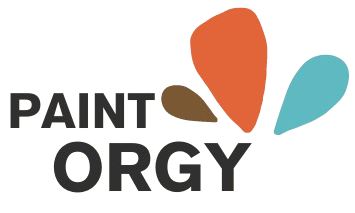In the fast-paced world of today, news and hype are two powerful forces that shape public perception, influence decisions, and drive trends across industries. While news traditionally serves as a conduit for delivering factual information, hype often builds anticipation, excitement, and sometimes speculation around certain events, products, or personalities. Understanding the relationship between these two elements is crucial in navigating a world where information travels faster than ever.
The Nature of News
News is the lifeblood of an informed society. It provides people with the information they need to make decisions, understand their environment, and participate fully in civic life. Whether it’s breaking news, investigative journalism, or in-depth features, news aims to deliver factual, timely, and relevant information to the public.
In today’s digital age, the way news is consumed has dramatically changed. The rise of the internet and social media platforms has democratized access to information, allowing anyone with an internet connection to become both a consumer and a creator of news. This shift has led to an explosion of content, but it has also brought challenges, including the spread of misinformation and the need for news consumers to critically evaluate sources.
The Power of Hype
Hype, on the other hand, is all about creating buzz. It’s the art of generating excitement and anticipation around something—be it a new product launch, a movie premiere, a sports event, or even a political campaign. Hype can be driven by marketing strategies, social media trends, celebrity endorsements, or word of mouth. Its primary goal is to capture attention and build a sense of urgency or desire.
Hype is not inherently negative. When used effectively, it can create positive momentum and drive engagement. For example, the hype surrounding the release of a new tech gadget or a blockbuster film can generate significant sales and viewership. However, hype can also lead to unrealistic expectations or overshadow more important, less sensational stories.
The Intersection of News and Hype
The lines between news and hype often blur, especially in today’s media landscape, where sensationalism can sometimes overshadow substance. News outlets, driven by the need to attract readers and viewers, may amplify certain stories or events, contributing to the hype cycle. This can be seen in the coverage of celebrity scandals, viral social media trends, or high-profile trials.
On the flip side, what starts as hype can quickly become news. Consider a product launch or a political campaign that gains massive attention. Initially fueled by marketing and public relations efforts, these events can become newsworthy due to their impact on markets, society, or public opinion. The transition from hype to news underscores the symbiotic relationship between the two.
The Role of Social Media
Social media has become a significant player in the news and hype ecosystem. Platforms like Twitter, Instagram, TikTok, and Facebook are not just tools for sharing news; they are also powerful amplifiers of hype. A single tweet from a celebrity or influencer can spark global conversations, create trends, and even shape news agendas.
The viral nature of social media means that both news and hype can spread rapidly, reaching millions within minutes. This immediacy has advantages, such as quick dissemination of important information, but it also has downsides, including the potential for spreading misinformation and fostering echo chambers where only certain viewpoints are amplified.
Managing the Impact
For consumers, distinguishing between news and hype is more important than ever. Critical thinking and media literacy are essential skills in navigating today’s information-rich environment. Consumers should ask questions like: Is this information coming from a reliable source? What are the facts versus the opinions presented? Is the coverage sensationalized, or is it providing valuable insights?
For creators, whether they are journalists, marketers, or influencers, the challenge lies in balancing newsworthiness with engagement. Responsible journalism and ethical marketing practices are crucial in ensuring that the line between news and hype remains clear and that the public remains well-informed without being manipulated.
News and hype are two powerful forces that, while distinct, often intersect in today’s media landscape. While news serves the essential function of informing the public, hype drives engagement and excitement. Understanding the dynamics between these two elements is key to navigating the modern world, where the distinction between information and entertainment is increasingly blurred. As consumers and creators, it is our responsibility to critically engage with content, ensuring that we remain informed and thoughtful in our consumption and production of media.
